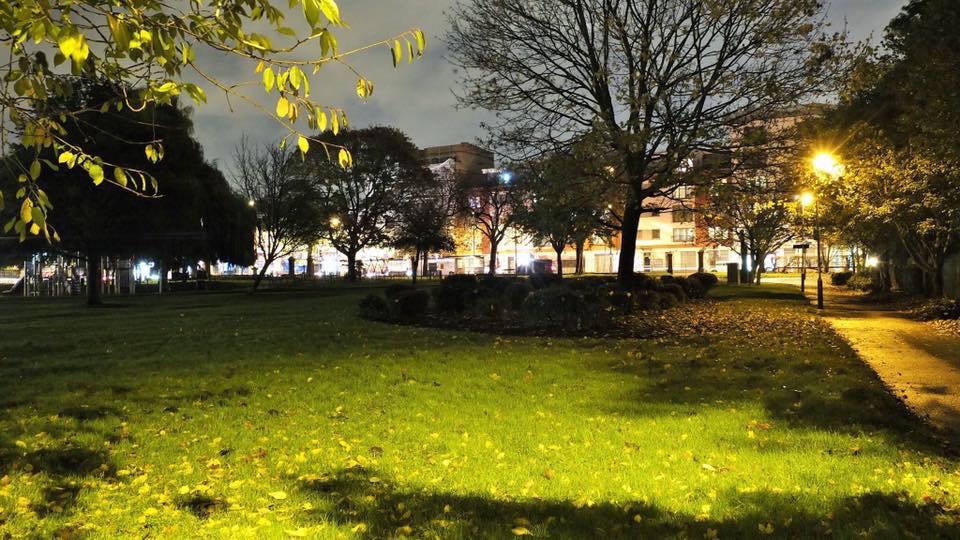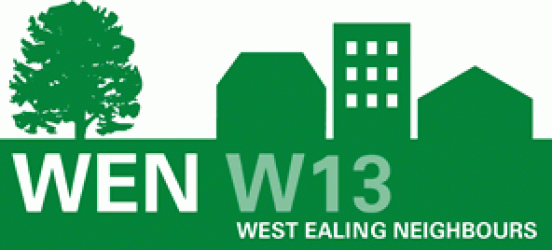Following up on West Ealing Neighbours’ recent public meeting a West Ealing resident writes:
The young man had a limp and looked uneasy. As my neighbour watched him from an upstairs window, he crossed and re-crossed Mattock Lane several times, hovering near St John’s Church. After 20 minutes a car drew up, the man got into the front seat. A minute later he stepped back on to the street and headed for Dean Gardens.
A drug deal? Probably. Certainly when I told the police about this incident, and another that had taken place near St John’s Church a few days earlier, you could see the police sergeant’s ears prick up. He wanted to know what time these deals usually happened? What time of day should he send his officers on patrol?
My conversation with the police was at WEN’s recent meeting about drug dealing on the streets of W13. While grateful to WEN for organising the event, privately I doubted that it would achieve anything tangible. Like most opportunities to meet officials, it would be a PR job, a chance for the police and local councillors to tell the public how well they are doing, to pat us on the head and send us home.
I am pleased to say that I was wrong. Of course there was some PR – the police were keen to tell us that their work at the St John’s Church soup kitchen has been effective, which it has. But what I liked about this meeting was that local police officers and a former Met officer, Paul Dunn, now working with Ealing Council’s Community Safety Team, didn’t just pontificate, they listened to the concerns of residents and offered to engage with the community to address the issue of local drug dealing.
I pointed out that the area around St John’s Church attracts addicts for three reasons: the availability of methadone at the chemists on St John’s Parade, the soup kitchen, and the privacy offered by the footpath behind the nearby allotments. Surely the area should have some compensatory policing?
Within days I noticed uniformed officers cycling through the area. I hope this will continue and believe that it will be most useful if the patrols are at random times. Paul Dunn offered to join me and a fellow resident on a walkabout of the area so we were able to show him the footpath, and he could see that it is out of sight of houses and businesses. “I’d like to see a CCTV camera here and signs saying ‘Smile, you’re on camera,’” he suggested. So would we.
We showed him a hedge where drug-taking equipment has been hidden, and he observed the proximity of the chemist, the soup kitchen and a poorly lit alley where there is sometimes anti-social behaviour. We suggested other people in the area to whom Mr Dunn might talk, and he has been as good as his word in meeting them.
I wouldn’t wish to exaggerate the level of drug dealing in the area where I live. But it happens, every resident here is aware of it and we want to stop it becoming a major problem. And now I feel that someone in authority who has relevant expertise is listening and prepared to work with the community. Success will depend on two-way communication but a dialogue has begun
and that can only be helpful.
If you see any suspicious activity, phone 101. This will get you through to
police near you. If you wish to remain anonymous, call Crime stoppers on 0800 555 111. You can also e mail: XB-WARDWalpole@met.police.uk

